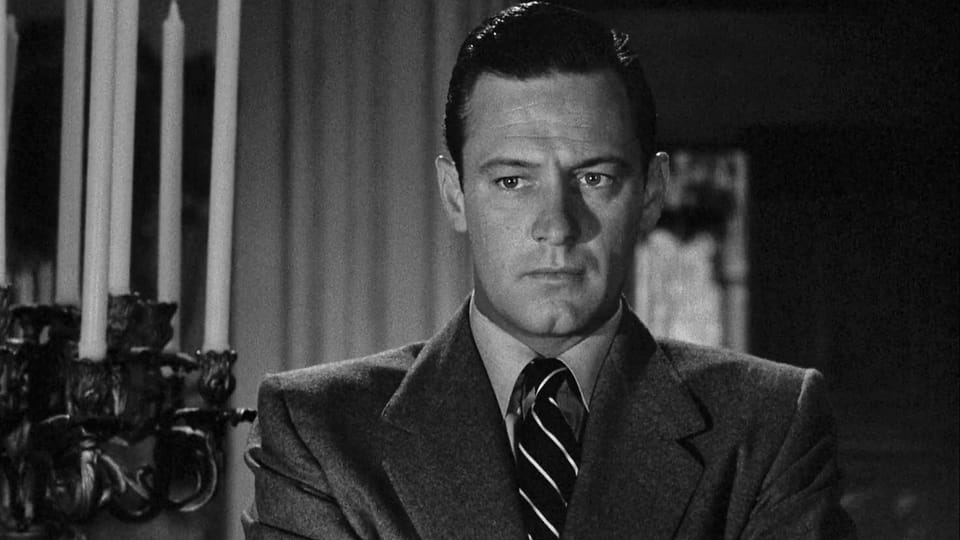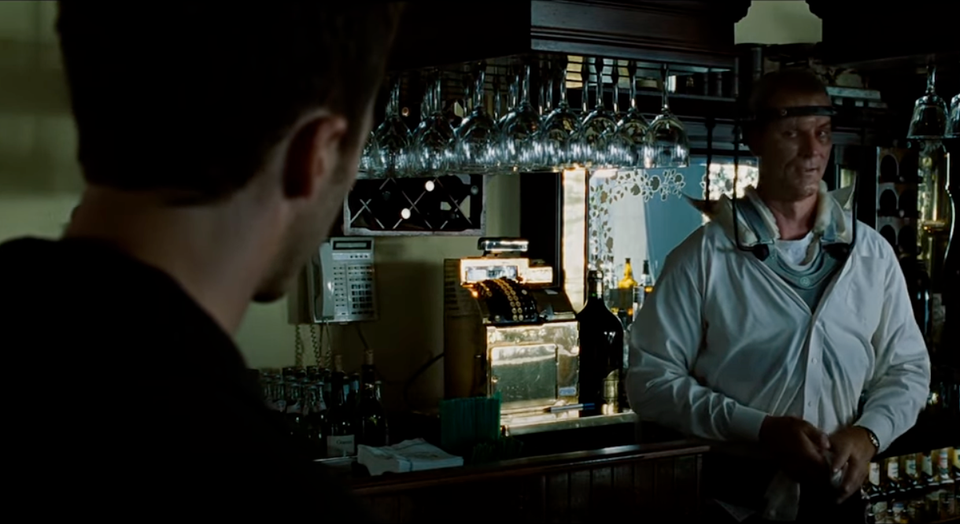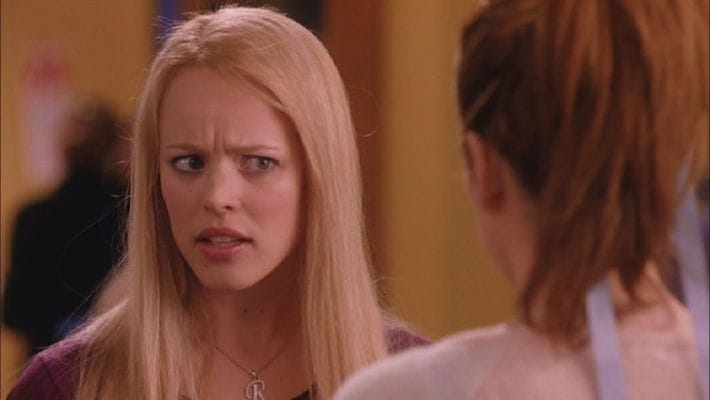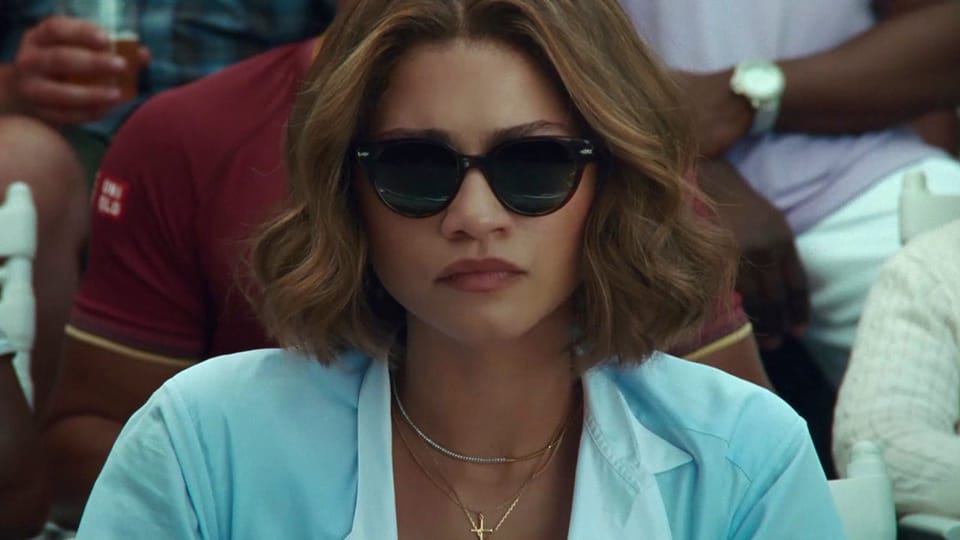How to attack your scene transitions.
Nearly every screenplay has 100+ transitions from one scene to another. This can be a major area of stress with the reader. Don't let it be.
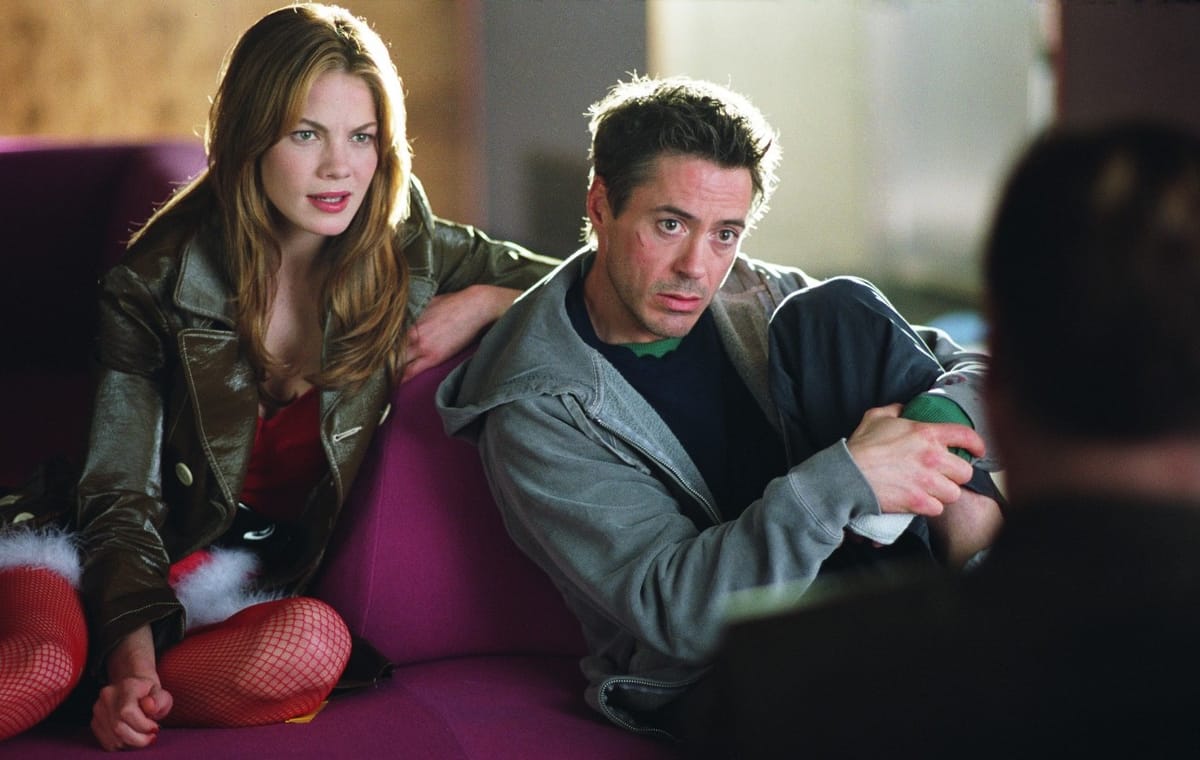
The Story and Plot Weekly Email is published every Tuesday morning.
How to attack your scene transitions.
Nearly every screenplay has 100+ transitions from one scene to another. This can be a major area of stress. It’s where narrative momentum stumbles, readers take a mental break, and clunky scene headings force us to reread what we just read.
Scene headings are ripe for generating friction with the reader.
But notice how you don’t think or care about transitions in movies unless the transition is somehow awesome. They’re mostly smooth and fun and add to the movie, right?
This should be true with your screenplay, too. And there’s no reason it shouldn't be.
It just takes a little care and effort.
Have a strategy.
This is where most get it wrong. They just do it. One scene ends, and then the next thing is:
INT. LIVING ROOM - NIGHT.
That’s fine, of course. It’s not the worst. But surely we can set our sights higher than “Not the worst.”
One of my jobs as a teacher is to give writers the confidence and training to make conscious choices for every moment in their story.
Every. Single. Moment.
Especially those moments so prone to chaos like the transition between scenes.
So, have a strategy for each transition. Devise a plan to keep the reader’s eyes moving down the page.
One line after the other, after the other.
Read screenplays.
I have been pushing this a little more than usual on social media. There are countless reasons to be reading as many screenplays as you can.
In this context, however, it’s about knowing exactly what that reader's experience is like so you can better control it.
Learn what readers go through as their eyes move across and down a page.
Without training, this knowledge takes a massive amount of reading to acquire, but it’s worth it.
It will teach you what slows a read down, what creates confusion, what zaps energy, and what a reader tends to skip.
If you can anticipate a reader’s struggle ahead of time, you can avoid it and replace it with something that improves their reading experience.
Three guiding principles.
As with most of my writing and teaching, I try to break choices down into guiding principles when relevant. This allows me to conserve creative energy and not always generate something out of nothing.
In other words, it takes talent or that "gut feeling" and turns it into a tool more readily accessible when I need it.
For transitions, the three principles that guide me are:
- Clarity.
- Emotional impact.
- Flow.
In that order, too. If you don’t have clarity, you got nothing. And flow, while vital, is not as important as clarity or emotional impact.
1. Clarity
Don’t get unnecessarily complicated. Simplify the scene heading as much as you can. Be clear.
Visualize the last image we see in the previous scene and the first image we see in the next. And then envision how they relate.
If you don’t envision it, there is no way anyone else will.
So you have to see it in your own mind first.
THEN you evoke that image to someone else.
As simply and clearly as possible.
2. Emotional impact.
What reaction do you want when one scene cuts to the next? Do you want surprise? Humor? Momentum?
A SMASH CUT can jolt the audience while cutting to something that evokes a sense of calm can do the opposite.
What connects one scene to the other to push narrative momentum?
What is your emotional intent from one to the next?
Because that's what you’re looking to execute.
3. Flow.
This is all bout the reader’s experience. This is your strategy for keeping the reader’s eyes moving ahead and not letting them get caught up with difficult or clumsy scene headings or sentence construction.
Poor writing trains the reader to skip lines.
How will you keep the reader's experience easy-breezy so they focus on the emotion rather than comprehending what you’re trying to convey?
This has led me to abandon most uses of “INT.” and “EXT.”
When possible, I try not to let the reader stop reading one scene and start reading the next.
I want the sentence construction to lead the reader from the scene's ending THROUGH the scene heading and into the next.
Here are some examples.
See how there is no pause in the image above? One scene into the next.
I still really enjoy the well-placed CUT TO:
The above is an example of a scene that comes to a full stop and then cuts to the next. But this isn’t a stop-start.
Rilene mentions her husband, and then what do we do?
We cut to the husband. The link is built with information and a reveal rather than language.
In all three instances, the flow pushes one scene into the next rather than boringly stopping one scene and then starting the next.
An even better example.
This is from one of my favorite screenplays, KISS KISS BANG BANG, by the great SHANE BLACK.
Clarity.
Black holds your hand every step of the way. He CUTS TO an ECU. We linger there a moment before expanding out to the larger surroundings.
Emotional effect.
Pure gold. The surprise of the finger being cut off and the ECU of the severed finger being sewn back on does the trick.
Black is very good at this. He is exceptional at creating moments that you don’t expect because safer storytellers wouldn’t do it.
Flow.
Look at his use of CUT TO: here.
He does not use it as a transitional element on the far right which forces the eyes to disconnect with the text, move across the page to the right, then move all the way back to the left to reengage.
It’s too much. It's both unnecessary and terrible for the reader.
But if CUT TO is part of the sentence, it increases the connection from one scene to the next.
It becomes an asset rather than a liability.
When the ECU cuts out to the bigger picture, Black simply writes. “we’re.”
Don’t shirk your responsibility.
Transitions should never be an accident. Always make a choice. Always have a plan.
That's your job as a screenwriter and a storyteller. Always be in control of the moment.
My teaching philosophy.
I have been working on several improvements to Story and Plot lately. I'm making (always free) course updates, rewriting the welcome sequence, and, of course, my main project this summer is creating the Improving The Read course.
So, it seems like a good idea to reiterate my teaching philosophy.
I put a lot of effort into Story and Plot.
Both the paid courses and what I offer for free. It's a lot of work. This is my goal:
- I want my free stuff to be as good as anyone else's paid stuff.
- I want my paid stuff to be absolutely transformational.
I want you to see your screenwriting as what it was like before working with me and how awesome it is after working with me.
And I take these goals pretty damn seriously.
Fresh Kills opens this Friday.
Jennifer Esposito's FRESH KILLS opens this Friday.
You can check out your local times here.
Houston friends! I will be at the 7:30 pm showing at the AMC Gulf Pointe 30 this Friday night.
Come out and join me. I hope to see you there!
Want to see the trailer? We got that, too!
That's a wrap for this week!
Want to share this email on social media? Why, please do! Just CLICK HERE.
See you next week!
Tom
The Story and Plot Weekly Email is published every Tuesday morning. Don't miss another one.
When you're ready, these are ways I can help you:
WORK WITH ME 1:1
1-on-1 Coaching | Screenplay Consultation
TAKE A COURSE
Mastering Structure | Idea To Outline

